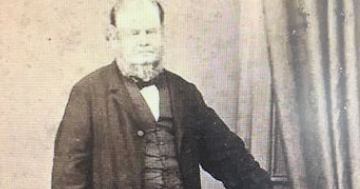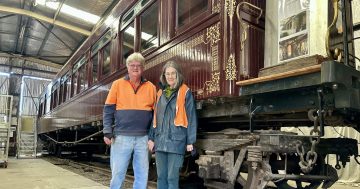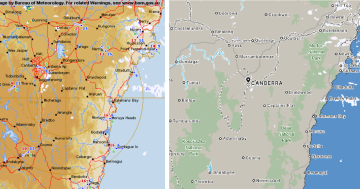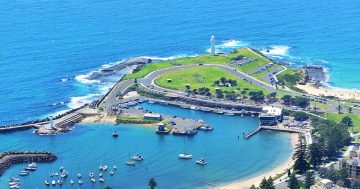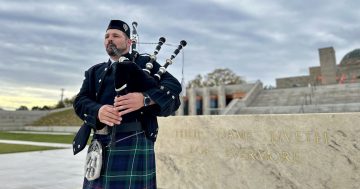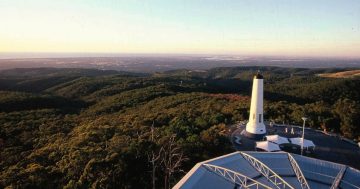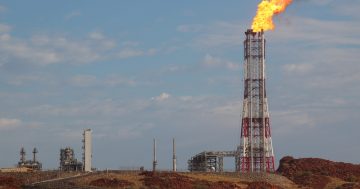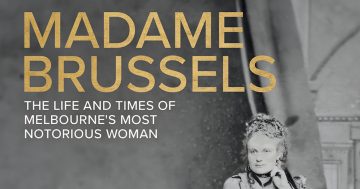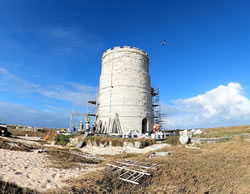 The Department of Environment and Science has overseen the restoration of one of the oldest remaining Queensland structures constructed by convicts, the Raine Island beacon.
The Department of Environment and Science has overseen the restoration of one of the oldest remaining Queensland structures constructed by convicts, the Raine Island beacon.
Built in 1844 to assist ship navigation in an area notorious for shipwrecks, the beacon is visible for 13 nautical miles.
Senior Project Officer at the Department, Alex Hoffmann said stone for the beacon was quarried from Raine Island’s phosphate rock by 20 convict stonemasons and labourers.
“To make lime for mortar, they had to burn shells and they used timber from a British passenger ship called the Martha Ridgeway that was wrecked nearby in 1842,” Mr Hoffmann said.
“Constructing the beacon took four months in extremely harsh conditions, and they were supervised by NSW soldiers.”
He said the beacon was of national cultural significance as one of the most important historical monuments in the Great Barrier Reef World Heritage Area, and was listed on the State Heritage Register.
“The wind, extreme temperatures and the ravages of time had taken a toll on the beacon. Lightning strikes cracked the walls, the stone bedding had shifted and there had been natural deterioration of the rock,” Mr Hoffmann said.
“Given the natural and cultural significance of the beacon, we embarked on this $1.13 million conservation project, which included a $347,468 Australian Government grant through the COVID-19 Relief and Recovery Fund.”
He said the beacon had stood the test of time and the restoration works would ensure it stood for hundreds of years into the future.
More information about the beacon can be accessed at this PS News link.


